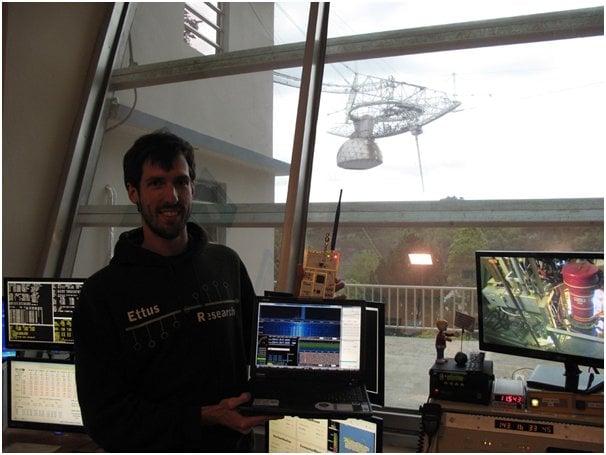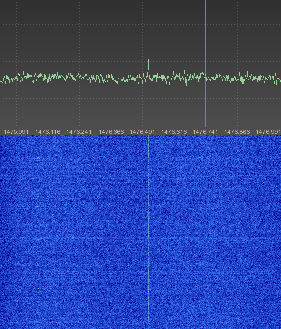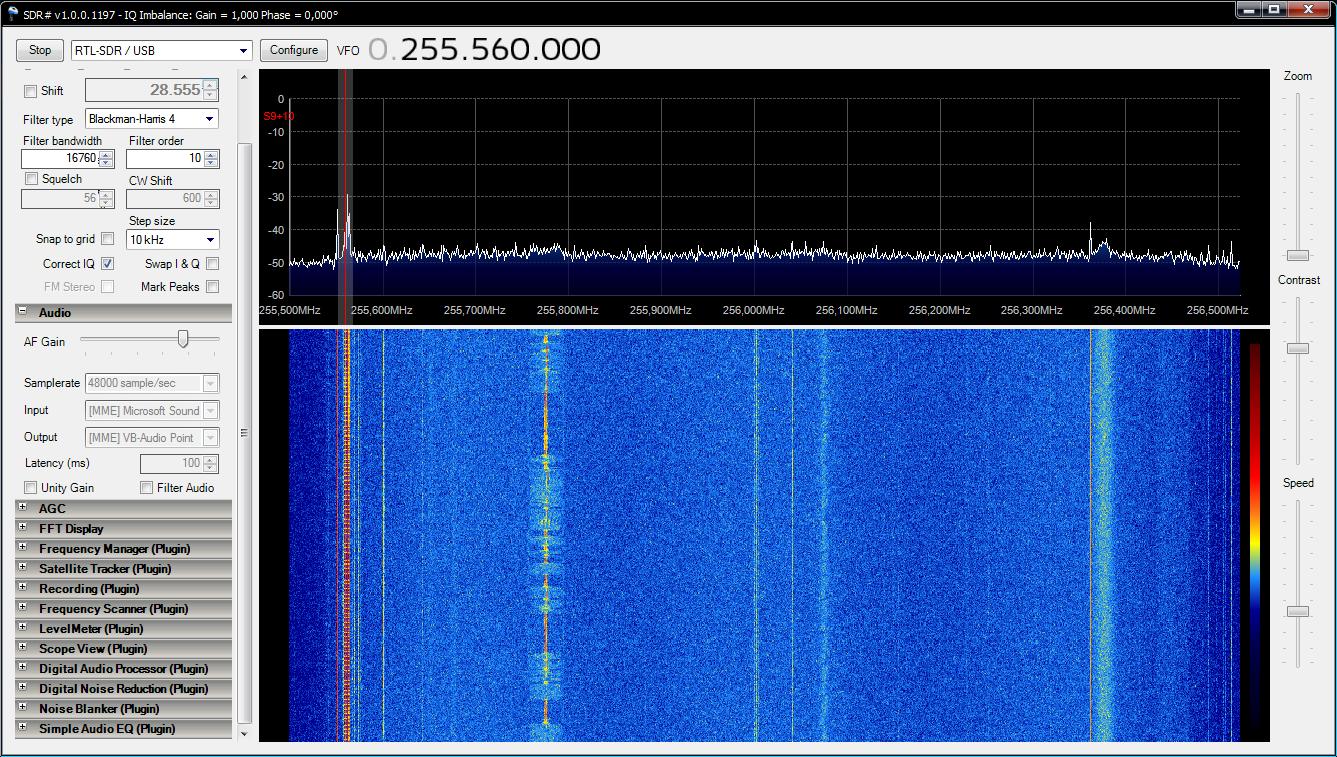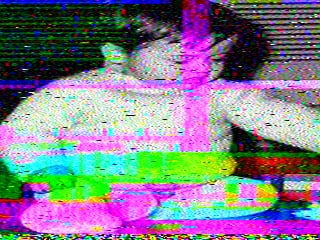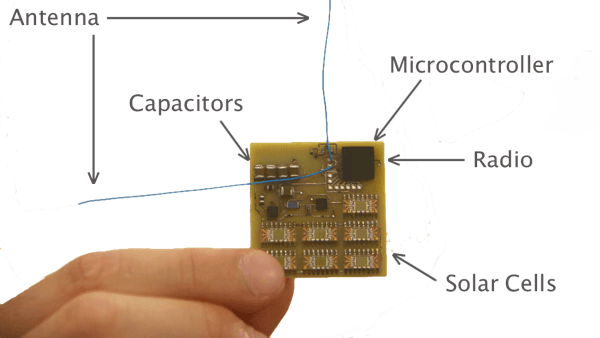Rebooting the ISEE-3 with USRP Software Defined Radios
The ISEE-3 is a exploratory spacecraft that was launched in 1978 and placed in an orbit around the sun. It was mission was to study the interaction between solar wind and the earth's magnetic field and was later the first spacecraft to pass through the tail of a comet. NASA suspended communications with the spacecraft in 1997 and it was last heard of in 2008.
Recently there has been interest in rebooting the spacecraft and bringing it back into an earth orbit. Once safely in orbit the spacecraft's science instruments would be made publicly available for educational purposes. Unfortunately, the RF communications hardware and knowledge that was used to interface with the spacecraft has long been lost.
Luckily, the scientists and engineers at Ettus were able to devise a plan that would use the world's largest single dish radio telescope at Arecibo connected to some of their USRP N210 SDR radios to contact the probe. The USRP N210 is an advanced software defined radio that sells for around $1700 USD. Using their setup together with GNU Radio and the spacecraft's documentation from NASA they were able to make contact with the spacecraft and fire the thrusters. They have yet to actually correct the trajectory which will bring it back to earth, but they hope to be able to do that soon.

